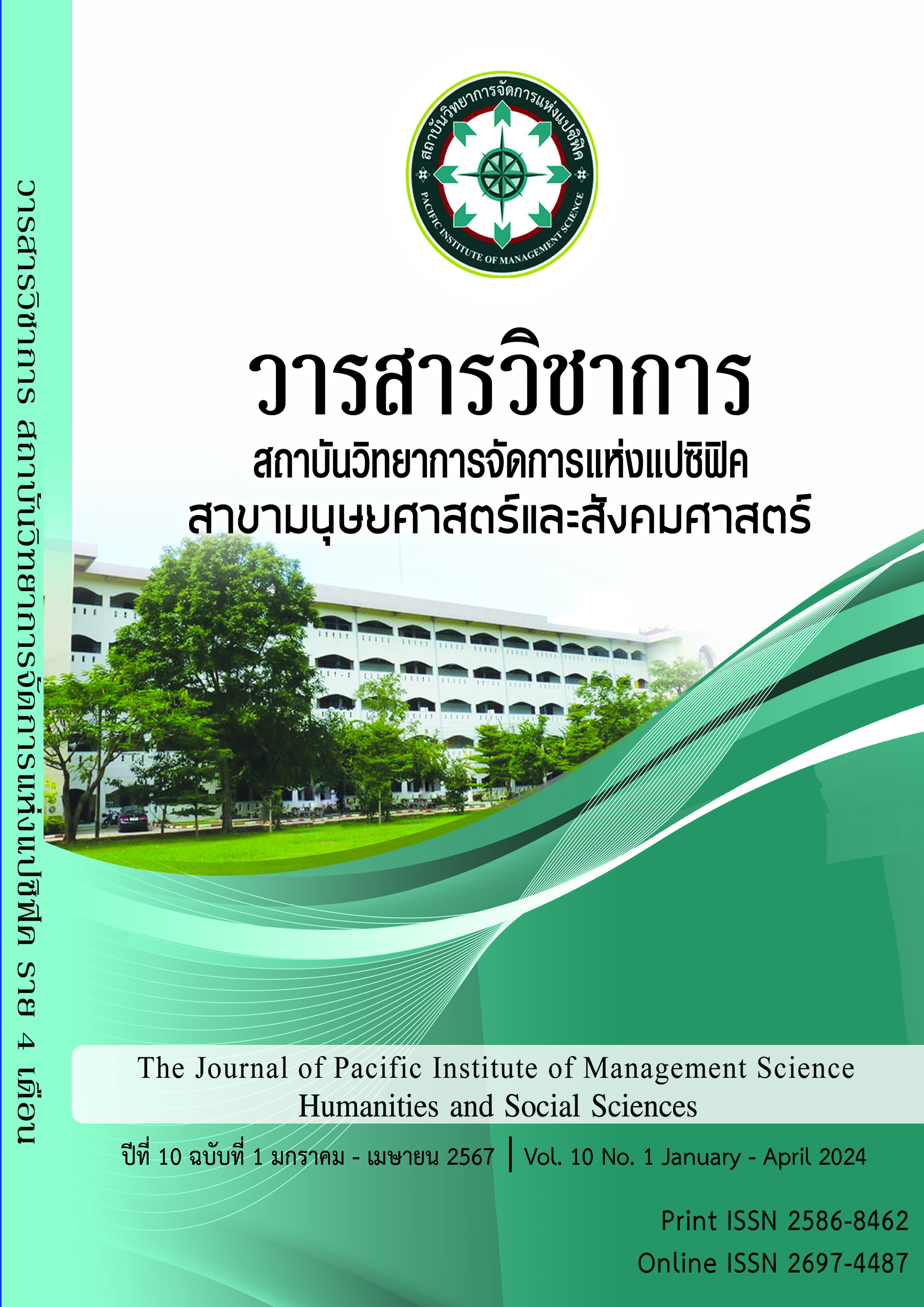Guidelines for developing the sport management of the Sukhothai Athletics Championships
Keywords:
Guidelines for developing, Athletics Championships sport management, sports championshipsAbstract
The objective of this research article is to examine the challenges and principles pertaining to the establishment of protocols for the Sukhothai Athletics Championships.
By means of data collection via questionnaires as well as interviews with organizations responsible for running athletic competitions. The study's findings indicate that challenges commonly encountered when organizing competitions pertain to venue arrangements. Materials and equipment received an average score of 3.73, while the budget, personnel, and management all received 3.56. Three-and-one was the mean value. After analyzing each factor, it was determined that the association's provision of a sufficient budget to organize the sports competition has the most significant effect on the competition's organization. possesses a mean score of 4.47, while sports stadiums prepared to host competitions specify the responsibilities of the competition organizing committee in detail (4.67).
The average value was 4.17, which corresponded to the key findings derived from the interviews. It was determined, through the arrangement of issues and guidelines pertaining to the development of athletic competitions, that: 1. The budget should support competitions financially and provide athletes with prize money. 2. Competitive fields ought to be furnished with venues, materials, and equipment in a state suitable for competition. In order to adhere to the stipulations, set forth by the International Association of Athletics Federations (IAAF) and to guarantee the well-being of all athletes engaged in the competition, 3. With regard to personnel, the allocation of personnel is necessary, or an adequate number of athletic referees are needed to oversee athletic competitions. adhere to the prescribed format for the coordination of the competition. 4. Administration aspect It is imperative to organize competitions catering to diverse age cohorts. In order to furnish athletes with avenues for personal development. It is also the responsibility to ensure that the organization and progression of provincial-level athletic competitions are suitable and in compliance with global benchmarks.
References
ชลวัฒน์ โพธิ์ด้วง และเทพประสิทธิ์ กุลธวัชวิชัย. (2560). แนวทางการจัดการแข่งขันกีฬาว่ายน้ำชิงชนะเลิศแห่งประเทศไทย. วารสารวิจัยรามคำแหง. 20(1),12-28.
ภัทริน วงศ์บางโพ และจุฑา ติงศภัทย์. (2558). แนวทางการพัฒนาการจัดการแข่งขันกีฬานักเรียน นักศึกษาแห่งชาติ จุฬาลงกรณ์มหาวิทยาลัย. วารสารวิชาการ สถาบันการพลศึกษา. 7(1),85-101.
มุกมณี มีโชคชูสกุล. (2555). หลักการจัดการ.กรุงเทพฯ: ทริปเพิ้ล เอ็ดดูเคชั่น
รุ่ง แก้วแดง. (2547). อนาคตทางการกีฬาสำหรับทุกคน: สหราชอาณาจักร. กรุงเทพฯ: สำนักงานเลขาธิการสภาการศึกษา
นภพร ทัศนานัย. (2536). ปัจจัยคัดสรรที่มีผลต่อความสำเร็จในการแข่งขันกีฬา.วิทยานิพนธ์ครุศาสตร์ดุษฎีบัณฑิต สาขาพลศึกษา: บัณฑิตวิทยาลัยจุฬาลงกรณ์มหาวิทยาลัย
สำนักพัฒนาการกีฬาและนันทนาการ. (2552). รูปแบบและแนวทางการพัฒนากีฬานักเรียน นักศึกษาแห่งประเทศไทย. กรุงเทพฯ: ชุมนุมสหกรณ์การเกษตรแห่งประเทศไทย.
J. Frank Broyles, Robert D. Hay,(1979). Administration of Athletic Programs: A Managerial Approach, 10, Prentice-Hall,
Downloads
Published
Issue
Section
License
Copyright (c) 2024 Pacific Institute of Management Science

This work is licensed under a Creative Commons Attribution-NonCommercial-NoDerivatives 4.0 International License.
บทความที่ได้รับการตีพิมพ์เป็นลิขสิทธิ์ของ สถาบันวิทยาการจัดการแห่งแปซิฟิค
ข้อความที่ปรากฏในบทความแต่ละเรื่องในวารสารวิชาการเล่มนี้เป็นความคิดเห็นส่วนตัวของผู้เขียนแต่ละท่านไม่เกี่ยวข้องกับสถาบันวิทยาการจัดการแห่งแปซิฟิค และคณาจารย์ท่านอื่นๆในสถาบันฯ แต่อย่างใด ความรับผิดชอบองค์ประกอบทั้งหมดของบทความแต่ละเรื่องเป็นของผู้เขียนแต่ละท่าน หากมีความผิดพลาดใดๆ ผู้เขียนแต่ละท่านจะรับผิดชอบบทความของตนเองแต่ผู้เดียว







